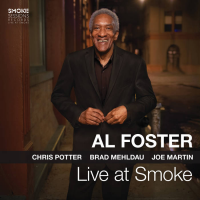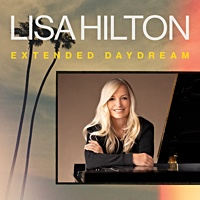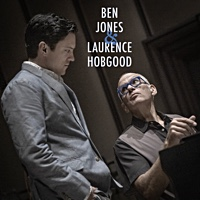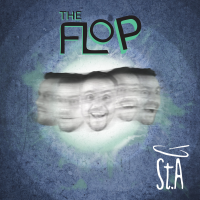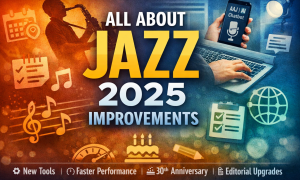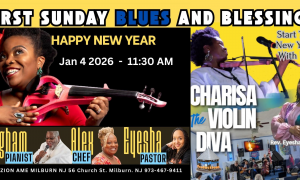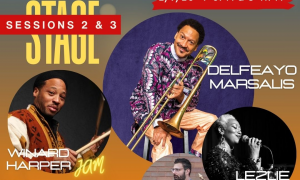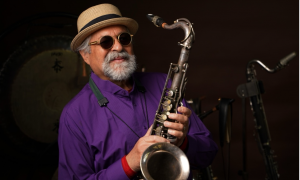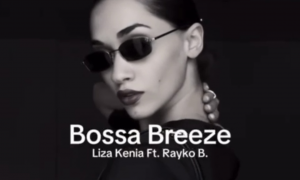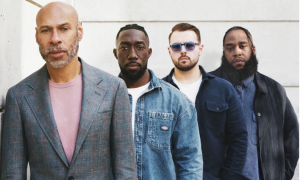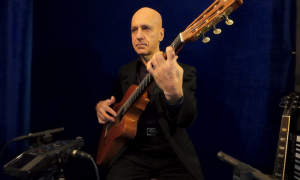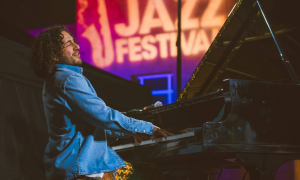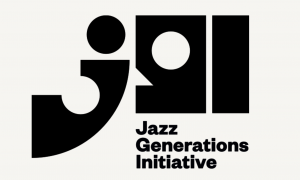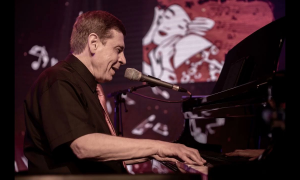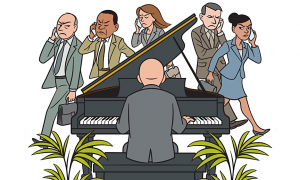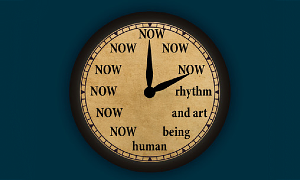Over time, reggae has grown more complex and today incorporates rap, house and even techno music. But since reggae's beginnings in the 1960s, the earthy music has had much in common with jazz, soul and pop, slipping into U.S. hits while borrowing deliciously from American forms in Jamaica. What emerged was a blending of Jamaican roots, Caribbean sensibilities and America soul.
When most people think of reggae, the songs that come immediately to mind are Paul Simon's Mother and Child Reunion (1972), Eric Clapton's version of I Shot the Sheriff (1974), Stevie Wonder's Master Blaster (1980) and Blondie's cover of The Tide Is High (1981). But reggae entered America's mainstream music much earlier. Millie Small's My Boy Lollipop (1965) has a reggae beat. So does the Beatles' Ob-La-Di, Ob-La-Da (1968). In fact, the latter song's lyrics about “Desmond" with his barrow in the marketplace is a nod to Desmond Dekker, a reggae artist whose big hit here a year later was Israelites (1969). But enough of the commercial stuff.Reggae is a term that has come to mean all Jamaican music. But in fact, it originally was a term for specific style of Jamaican music that came into its own in the late 1960s, building on the popularity of “ska," another form. Ska began in the late 1950s as a rhythmic style heavily influenced by the horns of hard bop and the feel of r&b and soul. Ska grew in popularity in the early 1960s as it borrowed from American pop hits of the day. Jamaicans who traveled to south Florida to work on farms during harvest season typically returned home with suitcases filled with 45-rpms purchased in American record stores.
Back home in Jamaica, these 45-rpms were played at house parties, and Jamaican musicians soon were playing and recording their own versions of these hits, adding their own flavor, rhythms and horn riffs. Ska, in general, is more lively and upbeat than the laid-back, moodier reggae that followed. Reggae, in short, used a stricter rhythmic placement of chords known as “the drop."
The record label that had the most success leveraging ska (and eventually reggae) was Studio One. Like America's Motown and Stax labels, Studio One developed a highly popular formula and sound. Studio One opened in 1957 in Kingston, and by the 1960s recording artists included John Holt, Alton Ellis, the Gladiators, Marcia Griffiths, the Heartbeats, the Termites and many others.
Rather than provide you with more and more history and analysis, here are six clips of my favorite Studio One artists. As you will hear, many of these examples of ska have an American soul feel with a rhythmic placement of jazz horns:
Here's John Holt's cover of A Love I Can Feel...
Here's Alton Ellis' cover of You've Made Me So Very Happy...
Here's Marcia Griffiths' Melody Life...
Here's the Heptones' Get in the Groove...
Here's Johnny Osborne's Jah Promise...
And here's one of my favorite John Holt tracks, OK Fred...
JazzWax tracks: If you dig these tracks, you'll find them on a download called The Best of Studio One at iTunes or on the CD at Amazon here. The remastering is superb. Then you can drill down and explore each individual artist's works on different CD releases. This is fascinating music, and if you grew up in the 1960s, you'll recognize the sound of America's independent soul labels from Detroit, Philadelphia and New York. Another tremendous CD is a compilation of Alton Ellis' material called Be True to Yourself here.
This story appears courtesy of JazzWax by Marc Myers.
Copyright © 2025. All rights reserved.



